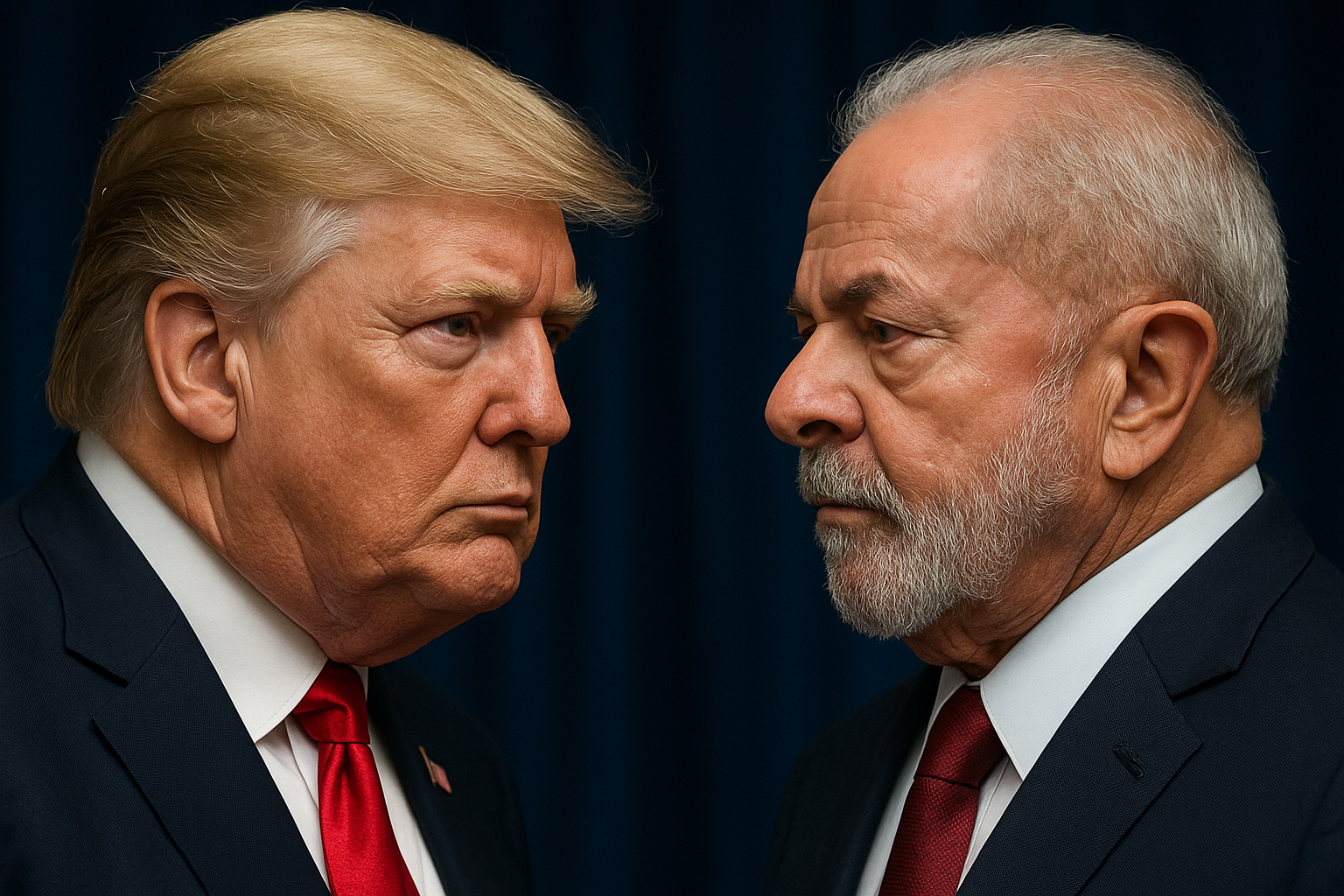The international political landscape has taken a sharp turn with the return of Donald Trump to the presidency of the United States and the continued leadership of Luiz Inácio Lula da Silva in Brazil. The two leaders—ideologically opposed and increasingly vocal in their positions—are now at the center of a diplomatic standoff that’s beginning to reshape the travel and tourism relationship between the two nations.
For travelers looking to experience the best of Brazil or explore iconic U.S. destinations like New York, Miami, or the Grand Canyon, understanding the new policies, visa regulations, tariffs, and diplomatic shifts is now more important than ever.
A Polarized Political Environment
Trump’s reelection has reinvigorated his nationalist agenda, with strict immigration controls, tough trade rhetoric, and a focus on “America First” diplomacy. In contrast, Lula continues to promote regional integration in Latin America, climate action, and a multipolar world.
This ideological divide has already led to public disagreements, particularly over trade, climate cooperation, and immigration policy. More importantly, these tensions are translating into tangible changes that directly affect tourists and travelers on both sides.
Key Travel and Policy Changes Between Brazil and the U.S.
1. End of Visa Negotiation Efforts
With Trump back in office, the chances of a visa waiver for Brazilian tourists have vanished. The Trump administration has reaffirmed its position: no easing of entry for countries that “fail to meet security standards.”
In response, the Brazilian government has reinstated visa requirements for U.S. citizens, citing reciprocity and national interest.
Implications for travelers:
- Tourist visa for the U.S.: roughly US$180 per person
- Processing times now range from 3 to 6 months in major Brazilian cities
- Reduced spontaneity and increased travel planning hurdles
2. Stricter Import and Shopping Regulations
Trump’s return has brought back an aggressive stance on trade protectionism, with increased import tariffs and tighter customs checks on goods brought by tourists.
Brazil, in turn, has toughened its own regulations. While the duty-free allowance for air travelers remains at US$1,000, fiscal authorities have increased random inspections and penalties for undeclared items.
Direct consequences:
- Brazil-to-U.S. shopping trips are now less attractive
- Higher risk of customs fees upon return
- More cautious spending abroad by Brazilian tourists
3. Currency Instability: The Stronger Dollar’s Effect
Trump’s unpredictable diplomacy and trade posturing have triggered market volatility. As a result, the U.S. dollar surged against the Brazilian real, surpassing R$6.00 in several instances since his inauguration.
This puts extra pressure on Brazilian travelers, as nearly all international expenses (hotels, flights, insurance, food, tickets) are tied to the dollar.
Example:
- A one-week U.S. trip that previously cost R$12,000 now easily exceeds R$17,000
Impact on Travel and Tourism
Brazil and the U.S. have long enjoyed a strong tourism relationship. Brazilians consistently rank among the top spenders in U.S. cities, particularly in Florida and New York. Meanwhile, American tourists are drawn to Brazil’s natural wonders, culture, and beaches.
But the Trump-Lula standoff is straining that dynamic.
Tourism industry signals:
- 18% drop in U.S. tourist visa applications from Brazil in the first months of Trump’s new term
- 22% decline in American tourist bookings to Brazil in early 2025
- Airline route cuts between secondary Brazilian cities and major U.S. hubs
What Does the Future Hold?
With Trump intensifying his nationalist stance and Lula defending Brazil’s regional autonomy and environmental agenda, diplomacy between the two countries remains tense.
Trump’s administration has hinted at reviewing commercial and strategic agreements with Brazil, accusing the South American nation of failing to align with U.S. interests. Lula, in turn, is seeking stronger ties with the European Union and South American partners.
Near-future outlook:
- No visa facilitation on either side
- Possible increase in airport and immigration taxes
- Decline in both leisure and business travel between the two countries
Practical Tips for Traveling in This Climate
Despite political tensions, travel between Brazil and the United States is still very much possible—just more complex. Here’s how to make your journey smoother:
- Apply for visas early
Appointment backlogs are growing—some consulates have a 6-month wait - Look for off-season deals
Flights and accommodations are much cheaper outside holiday periods - Watch the exchange rate
Use currency alerts and purchase dollars when rates drop - Use low-IOF (foreign transaction tax) cards
Digital banks and prepaid travel cards often have better deals than traditional banks - Declare your purchases honestly
Avoid fines and complications by respecting customs limits
Final Thoughts
The return of Donald Trump to the White House has reignited friction between the U.S. and Brazil. In an increasingly divided world, these ideological and diplomatic clashes are making it harder—and more expensive—for travelers to move freely between the two nations.
Still, for those willing to plan ahead, manage budgets, and adapt to new rules, travel remains possible and rewarding. Whether you’re chasing Broadway shows or Amazonian adventures, knowledge is your best passport.
